Tampaksiring is indeed historical. The major archaeological sites in this area seem to stand outside and beyond the reaches of time. Traces of the old Hindu civilisation can be found in many corners of the area, and the excitement one feels when strolling along their ancient pathways is indescribable.
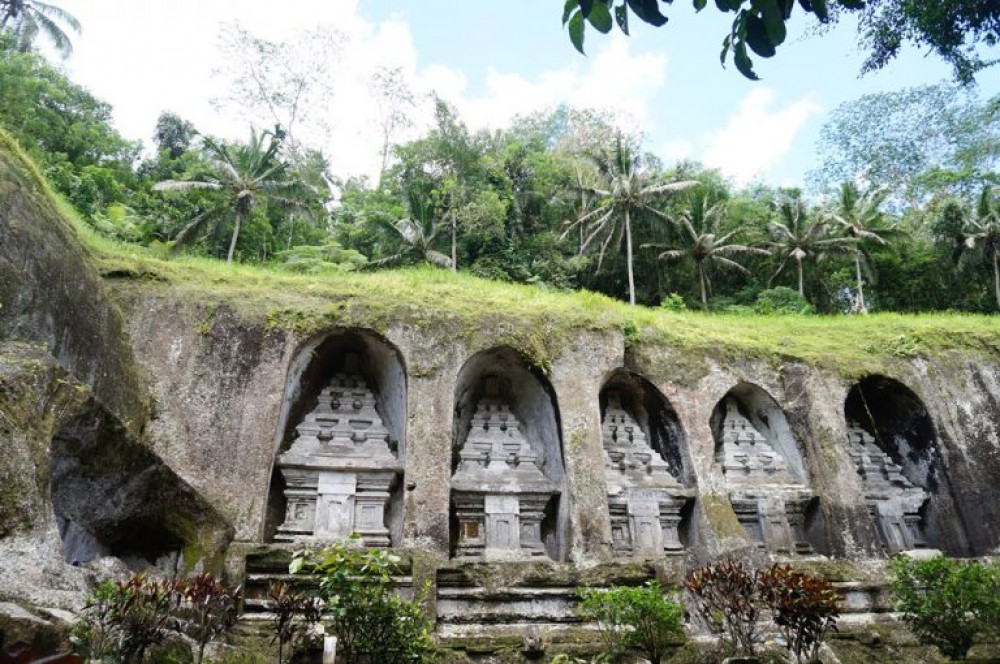
Tampaksiring is characterised by its plateau area with green nature and rice fields. The name Tampasiring is derived from the words “Tampak”, meaning foot, and “Siring”, meaning slanted. Legend has it that the slope of the mountain where Tampaksiringnestles today was created by the slanted footsteps of a king named Mayadenawa.
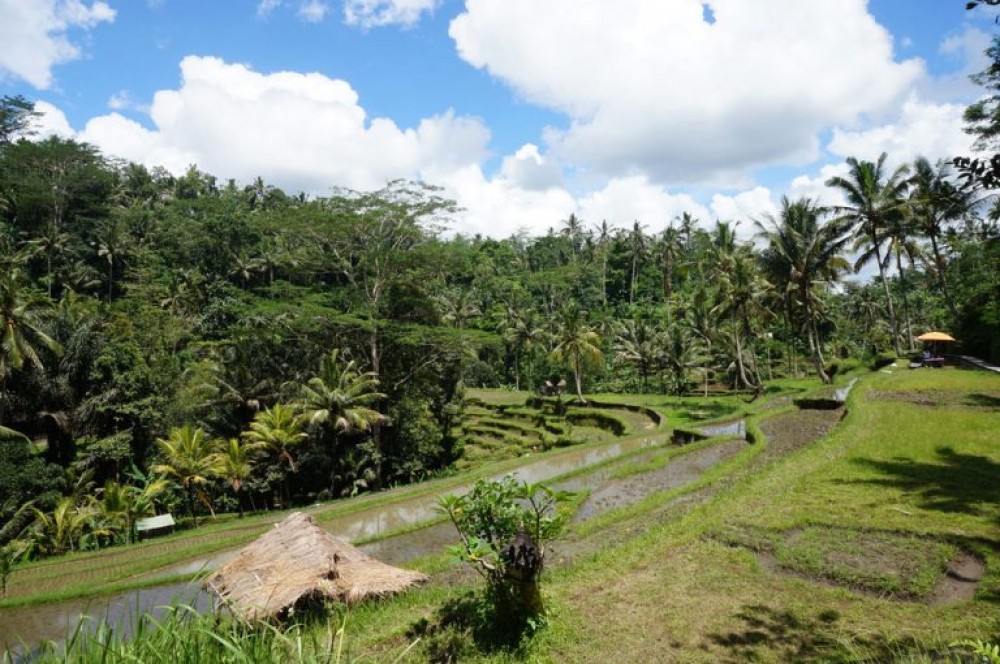
Admiring nature is amongst the must-dos here, but many visitors flock to Tampaksiring’s Gunung Kawi to admire the brilliant ancient artwork carved into a majestic cliff rock. The rock-cut shrines in Pura Gunung Kawi, dedicated to the kings from centuries past, captivate anyone visiting the complex, for it portrays the atmosphere of ancient legends and long lost tales of forgotten Balinese kings.
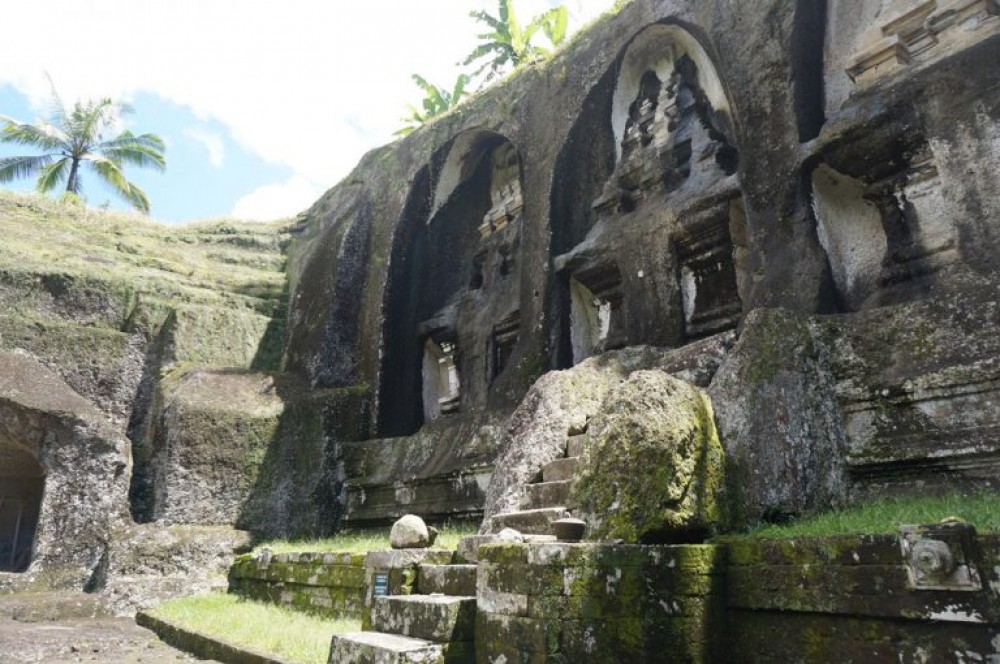
The shrines are carved into some eight-meter high sheer cliff faces, and their history dates backs to the 11th century.
It is said that King Udayana and his queen, Gunapriya Dharmapattni, had three sons: Airlangga, Marakata, and Arak Wungsu. Airlangga went to be the king of Kediri in East Java, whilst Marakata took the throne in Bali after the death of his king father; Anak Wungsu became the ruler after Marakata died in the year 1049 AD. Ten incredible rock-cut shrines features in this temple complex, which is one of the most remarkable sites on the island. Because they are so well sheltered, the carvings here have aged exceptionally well.
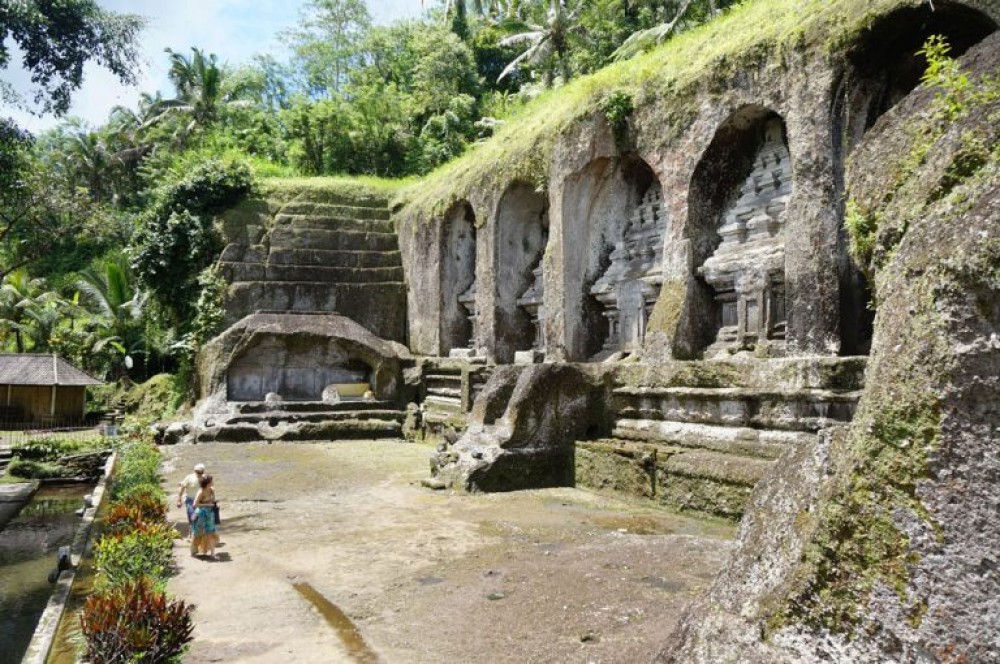
It is believed that Pura Gunung Kawi was constructed in 1080 AD by King Anak Wungsu in honor of his father and brother. There are small rooms carved in the rock for meditation, or just some quiet time. A little further on, discover the monastery hermitage, where pilgrims from all walks of life came to meditate together. Gunung Kawi remains an important source for holy water that has always been central to Hindu Balinese rites. The Balinese Hindus believe Pakerisan River to be of religious significance, as it transforms into holy water after passing the temple.
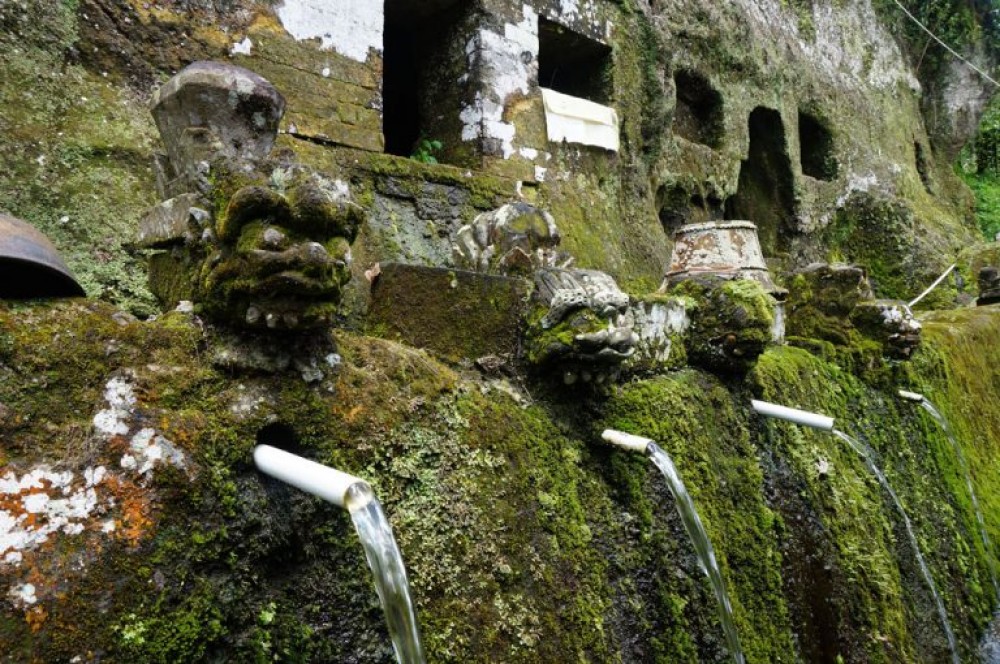
Your journey to the temple begins by following the scenic steps down to the Pakerisan River, passing the surrounding rice terraces and lush foliage. Some of the locals set up their little shops along the route, offering their locally-made arts and crafts as well as cold drinks – they’re not aggressive so you should be fine.
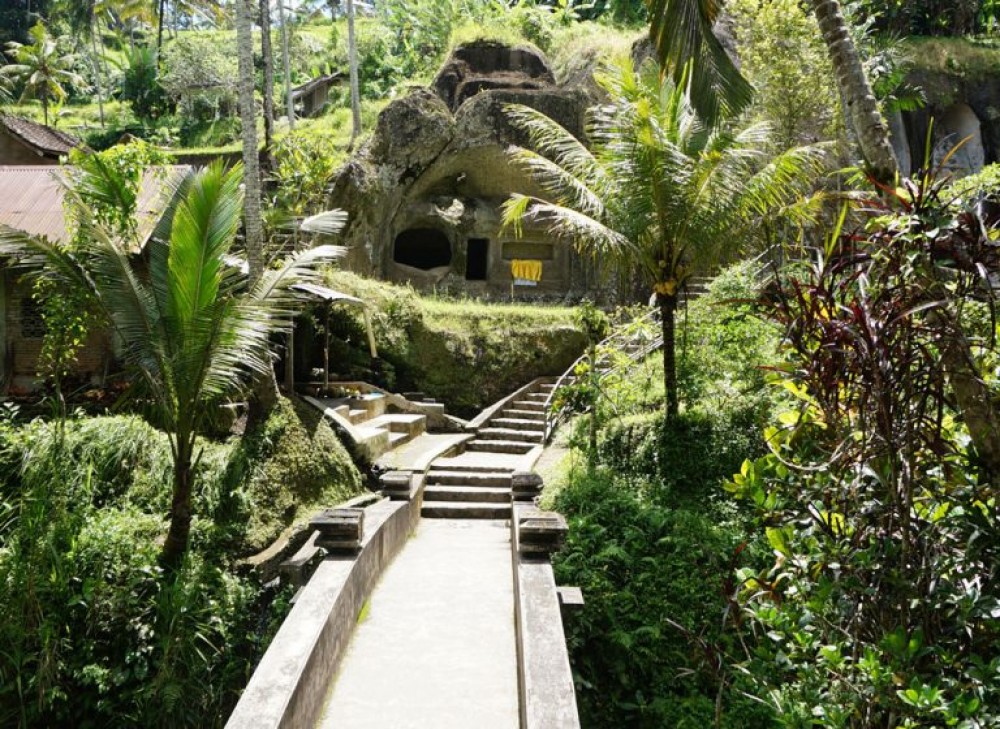
If you wish to learn more about this site, hire one of the guides offering their services along the way. They tend to be very knowledgeable.
Source :
https://nowbali.co.id/whats-on-in-bali/